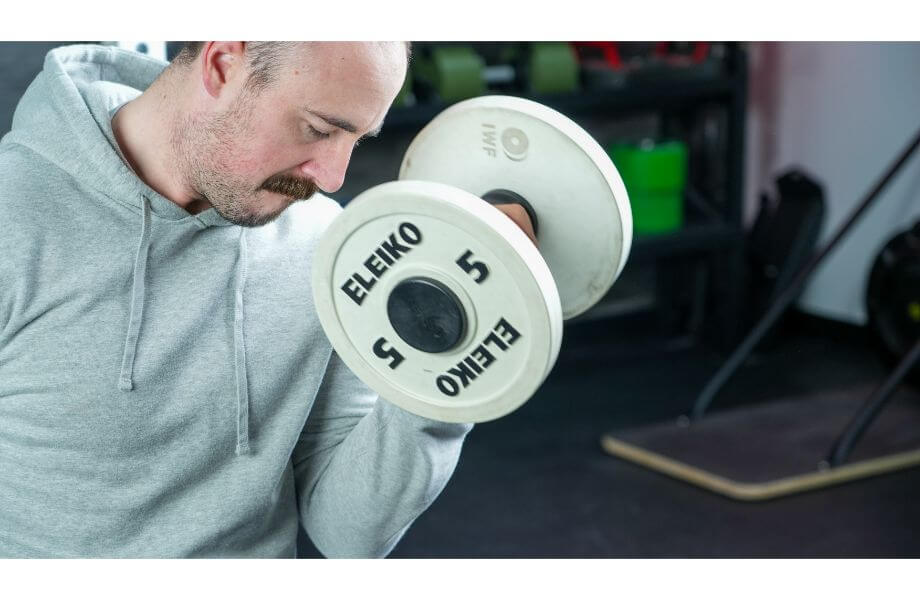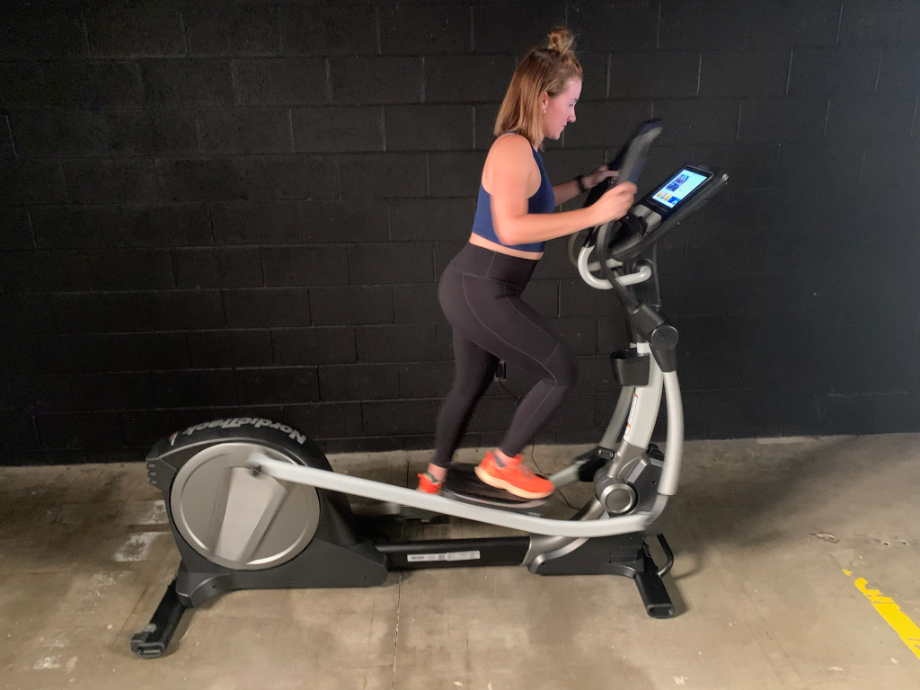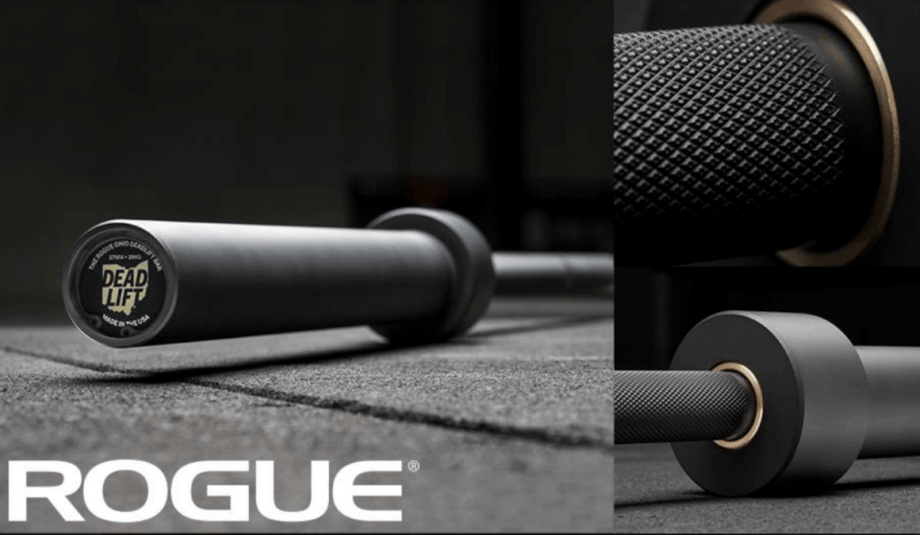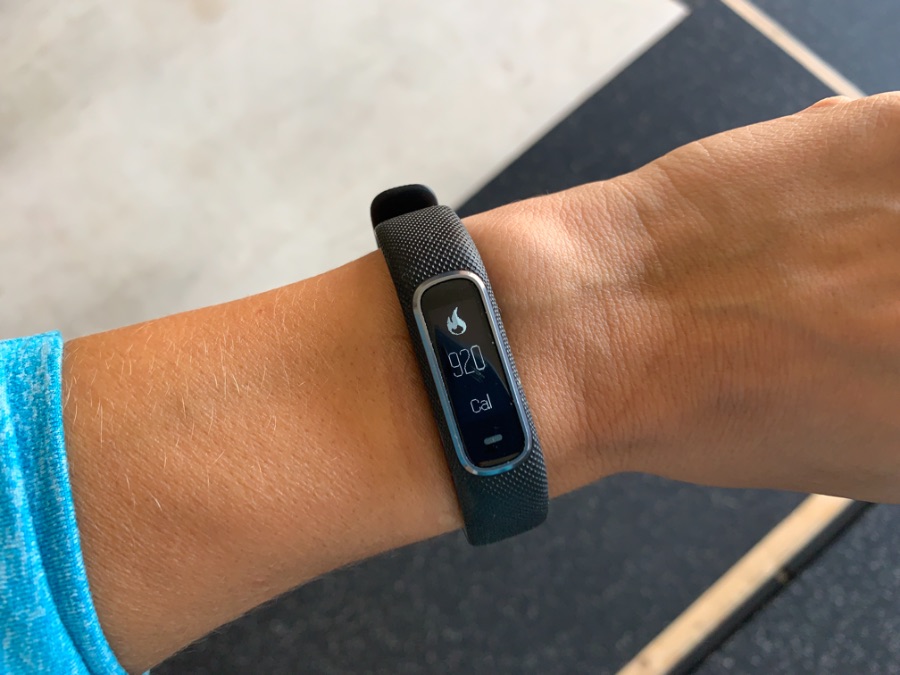Some things just go together: peanut butter and jelly, wine and cheese, salt and pepper.
When it comes to training splits, back and biceps go hand-in-hand just as perfectly. That’s because they’re a synergistic pair, meaning the two muscle groups commonly work together.
There are different strategies to resistance training, like doing full-body workouts vs split routines. Here, we will focus on one of our favorite splits: working back and bis!
Are you in need of a back and bicep workout that will get you seriously pumped? Here are some of the best exercises for your resident “back and bis” day.
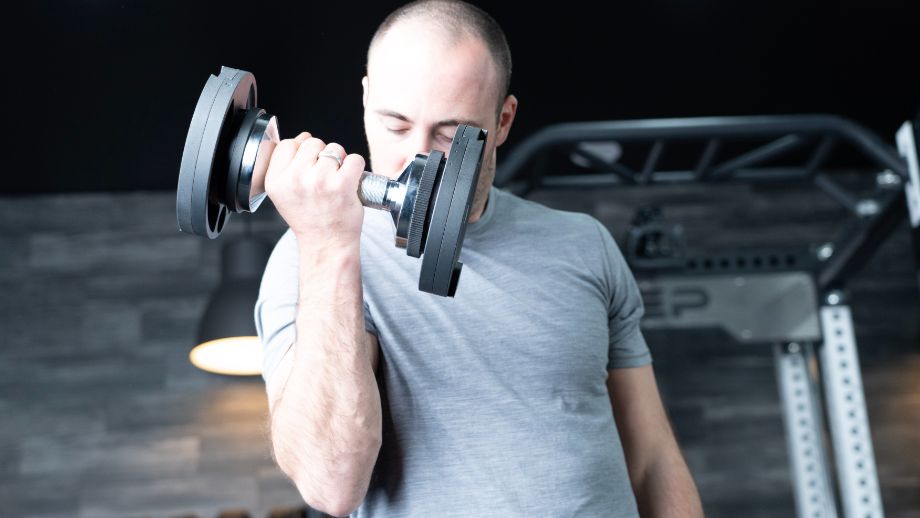
Back and Bicep Workout
Before we dive in, let’s be clear: You don’t have to do all 10 of the below exercises in a single session. Instead, we recommend choosing four to six of your favorite exercises and working through them during the strength training portion of your workout routine.
From there, there are many ways to structure the workout. You could work through all sets of one exercise before moving to the next, cycle between two complementary exercises in supersets, or string the whole thing together in a CrossFit-style WOD.
If you’re looking for strength gains, a 2021 meta-analysis published in the European Journal of Sport Science1 determined that “increases in muscular strength are the largest in the exercises performed at the beginning of an exercise session.”
With this in mind, strength-focused individuals, like those into bodybuilding, should prioritize the exercises that involve the specific muscles they’re working to strengthen first, saving the lesser exercises for last.
If your goal, on the other hand, is building muscle mass, the same study stated that “no significant effect of [exercise order] was observed for hypertrophy,” meaning you may structure the session as you see fit.
Move 1: Pull-Ups
Sets: 3 to 6
Reps: 6 to 12
*Use pull-up assist bands if needed
How to do it:
- Grip a pull-up bar with a wider than shoulder-width overhand grip.
- Relax your body into a dead hang position. You should feel a stretch in your lats.
- Pull your chest to the bar while driving your shoulder blades down and back.
- Slowly return to the dead hang position, controlling the descent.
- Repeat as needed.
- You may use one of the best pull-up assist band to modify if you are a beginner.
RELATED: What Muscles Do Pull-Ups Work?
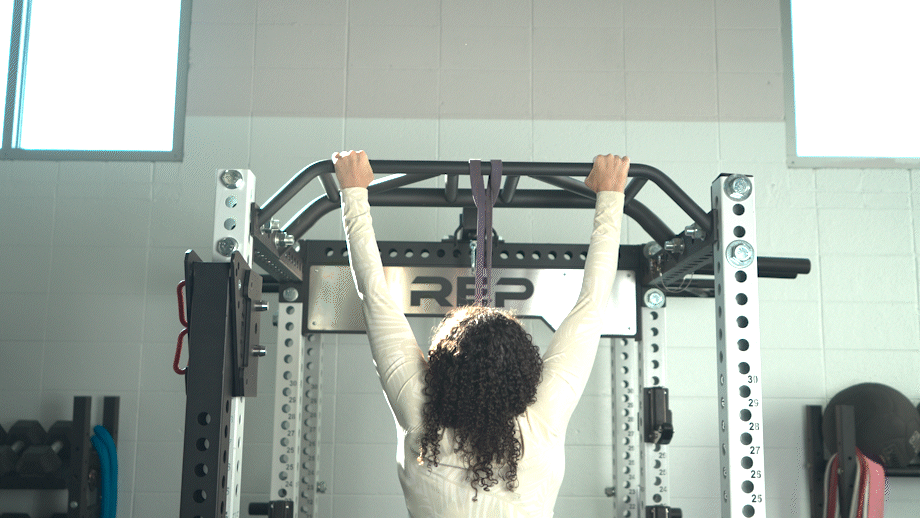
Move 2: Bent-Over Barbell Rows
Sets: 2 to 6
Reps: 1 to 5
How to do it:
- Stand behind a loaded barbell with your feet approximately hip width apart.
- Grip the barbell with an overhand grip, deadlift it to your hips, then slowly lower it until it’s approximately knee height. Lower your chest until it is nearly parallel with the floor.
- Keeping your lower back straight, row the bar to your sternum.
- Repeat as needed.
RELATED: The Best Bent-Over Row Alternatives
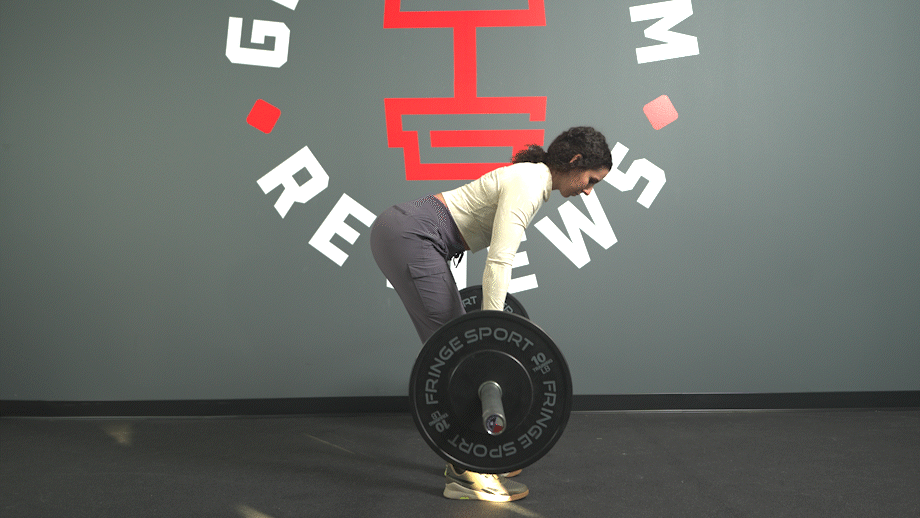
Move 3: Single-Arm Dumbbell Rows
Sets: 3 to 6
Reps: 6 to 12
How to do it:
- Hold a dumbbell in one hand and step your opposite foot forward to enter a staggered stance. Place your free hand on a bench for increased stability.
- Lean your chest forward, forming between a 45-degree and 90-degree angle. Allow the arm holding the dumbbell to fully extend and hang.
- Squeeze your shoulder blade and row the weight up into the body.
- Repeat as needed.
RELATED: The Best Dumbbells For Your Home Gym
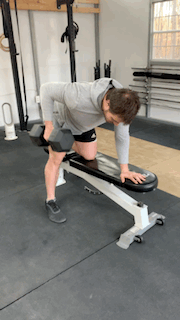
Move 4: Straight-Arm Cable Push-Downs
Sets: 3 to 6
Reps: 6 to 12
How to do it:
- Attach a straight bar or rope attachment to the top of the pulley system so you can achieve a full range of motion.
- Grab the attachment and step back to create tension on the cable.
- Lean your torso forward slightly until you feel a stretch in your lats.
- Keeping a slight bend in your arms, sweep the bar down towards your body until it touches your upper thighs. Your arms should remain mostly straight.
- Slowly return to the starting position.
- Repeat as needed.
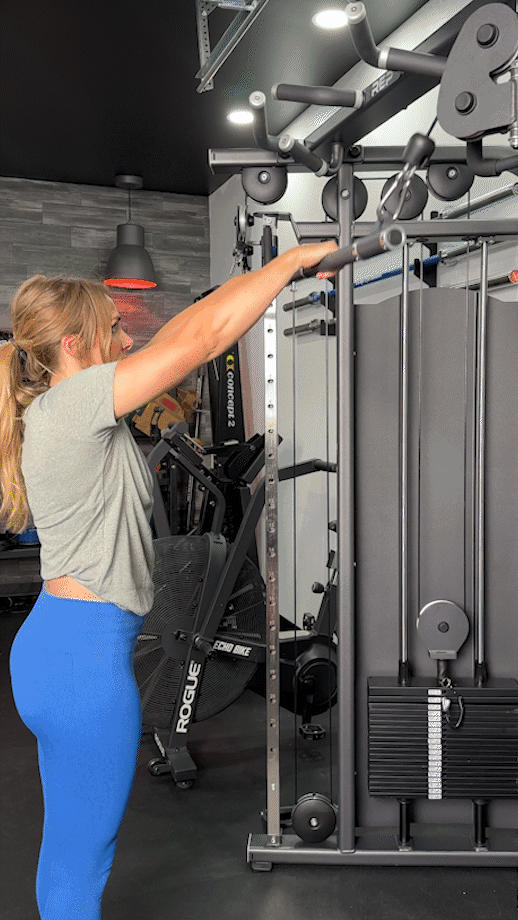
Move 5: Lat Pull-Downs
Sets: 3 to 6
Reps: 6 to 12
How to do it:
- Adjust the cable machine, then grab the attachment and sit down.
- Lean back slightly and raise your chest.
- Pull the attachment straight down and into your upper chest. Focus on engaging the lats rather than relying on your arms.
- Slowly return to the starting position.
- Repeat as needed.
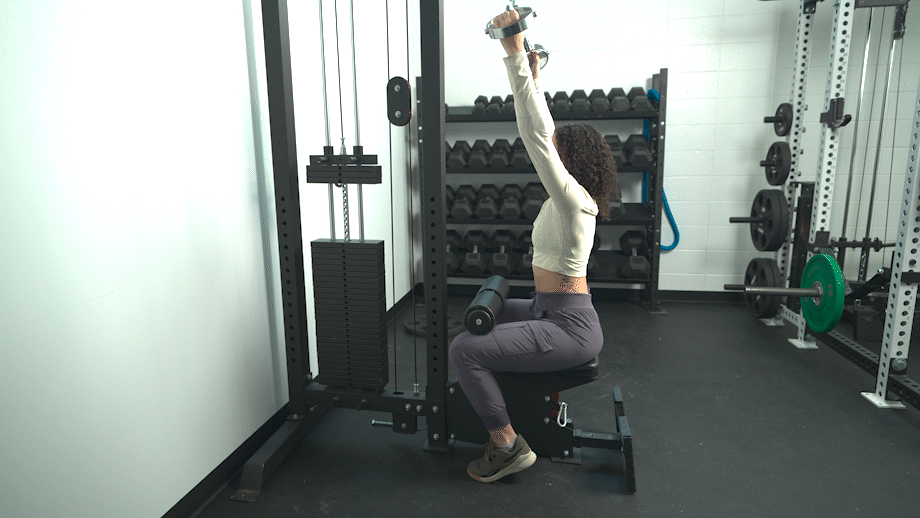
Move 6: Chin-Ups
Sets: 3 to 6
Reps: 6 to 12
How to do it:
- Grip a pull-up bar with an underhand grip.
- Relax your body into a dead hang position.
- Pull your chin over the bar while driving your shoulder blades down and back.
- Slowly return to the dead hang position, controlling the descent.
- Repeat as needed.
- You may use a pull-up assist band to modify if you are a beginner.
RELATED: What Muscles Do Chin-Ups Work?
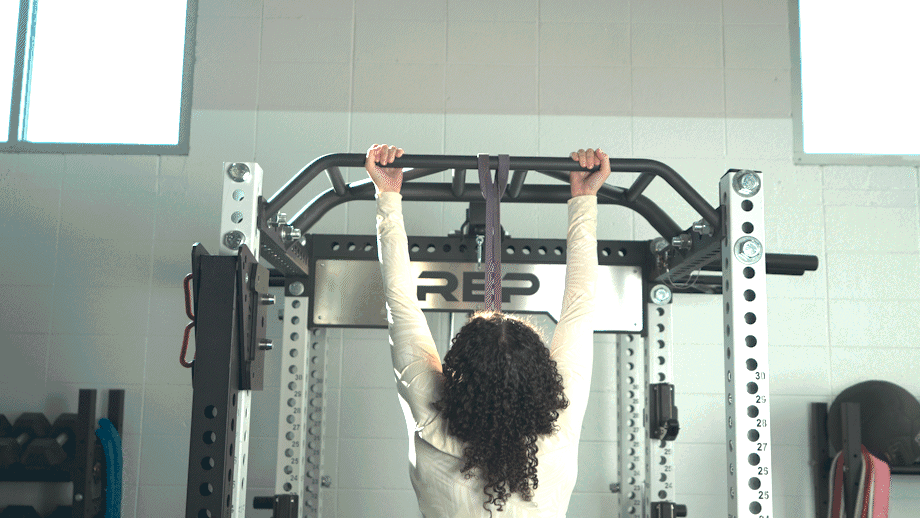
Move 7: Hammer Curls
Sets: 3 to 6
Reps: 6 to 12
How to do it:
- Hold a dumbbell in each hand using a neutral grip.
- Curl the dumbbells to the shoulder.
- Squeeze your biceps at the top of the movement.
- Slowly return to the starting position.
- Repeat as needed.
RELATED: How To Do Hammer Curls
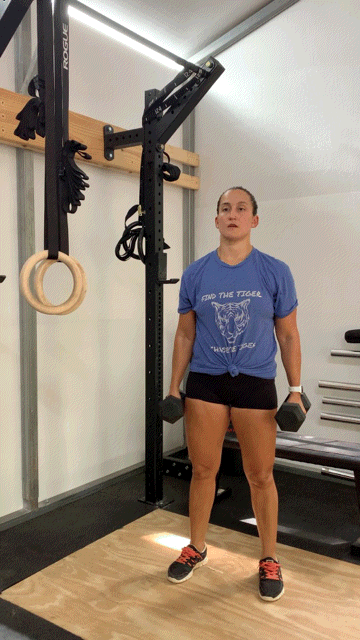
Move 8: EZ-Bar Curls
Sets: 3 to 6
Reps: 6 to 12
How to do it:
- Stand holding an EZ-curl bar using a shoulder-width supinated grip (palms facing upward). Your elbows should be almost fully extended.
- Keeping your upper arms pinned to your sides, curl the bar up to your shoulders.
- Squeeze your biceps at the top of the movement.
- Slowly return to the starting position.
- Repeat as needed.
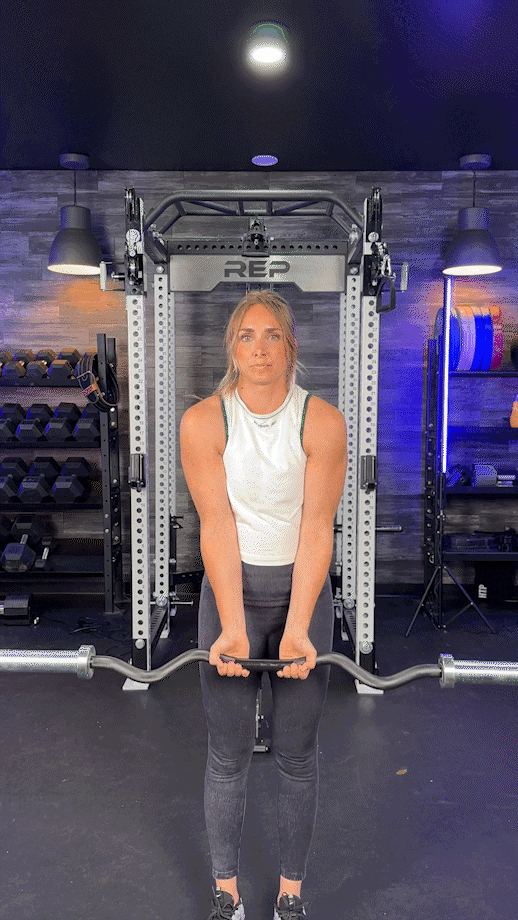
Move 9: Incline Dumbbell Curls
Sets: 3 to 6
Reps: 6 to 12
How to do it:
- Adjust an incline bench so it forms between a 30-degree and 45-degree angle. Have a seat, holding a dumbbell in each hand with your arms out to your sides.
- Curl the dumbbells to your shoulders.
- Squeeze your biceps at the top of the movement.
- Slowly return to the starting position.
- Repeat as needed.
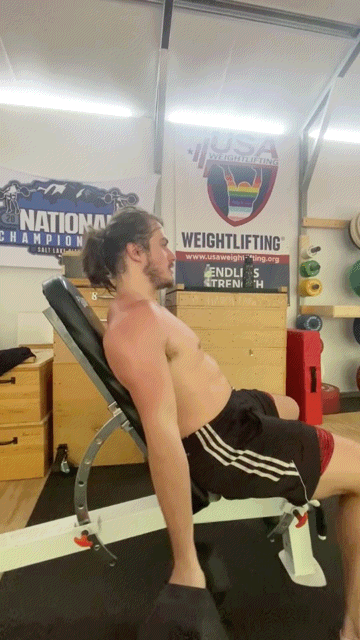
Move 10: Preacher Curls
Sets: 3 to 6
Reps: 6 to 12
How to do it:
- Have a seat at a preacher curl bench and adjust the seat height so your upper arms and chest are touching the pad. Hold one or two dumbbells using your preferred grip.
- Hang your arms over the pad, elbows almost fully extended, and curl the dumbbells to your shoulders, maintaining a neutral wrist.
- Squeeze your biceps at the top of the movement.
- Slowly return to the starting position.
- Repeat as needed.
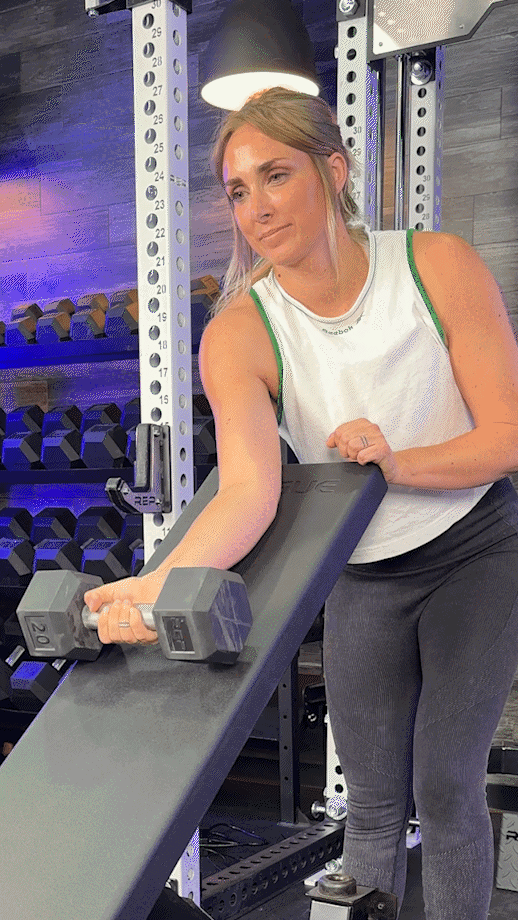
Back and Bicep Anatomy
Back muscles are divided into two primary groups: the extrinsic and intrinsic muscles; the latter of which is further subdivided into superficial, intermediate, and deep muscles.
The erector spinae is considered an intrinsic back muscle and, according to StatPearls2, “controls the forward flexion of the thorax.” Therefore, it’s occasionally recruited for some of the best back exercises like the deadlift, bent-over row, and seated cable row, and bodyweight movements like the back extension.
For the most part, however, a back workout activates the extrinsic back muscles3, specifically the trapezius muscles and rhomboids in the upper back and the latissimus dorsi along the sides. These muscles serve as primary movers in most back exercises.
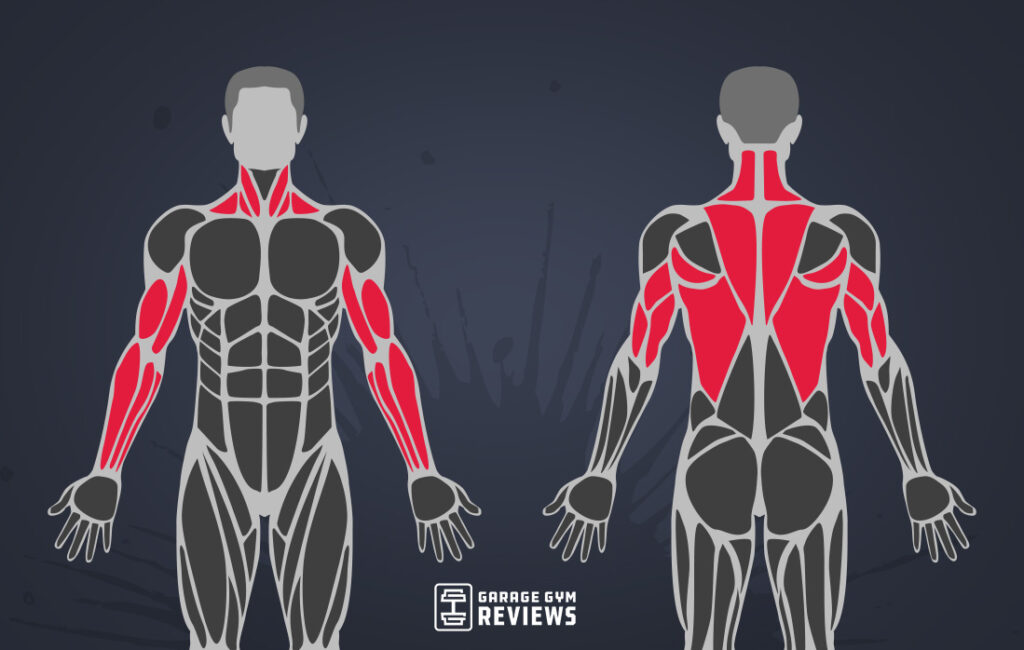
Likewise, the biceps consists of three muscles: the coracobrachialis, the brachialis, and the biceps brachii4, which itself consists of a short head and long head. Virtually every curling motion, or movement that requires elbow flexion, will recruit the biceps brachii, making it the prime mover of all bicep-focused exercises.
Beyond the primary movers, you’ll wind up using a number of secondary muscles, too. For the back, secondary movers include the rear delts, teres major, and rotator cuff muscles, while the biceps bring in the forearm muscles including the brachioradialis, pronator teres, and supinator muscles.
That’s not all; tertiary movers also activate to lend their support. Your back will recruit the levator scapulae and serratus anterior muscles, primarily to support the scapulae, while the biceps use your hand and wrist muscles, namely the flexor carpi radialis and extensor carpi ulnaris.
RELATED: The Best Supplements for Muscle Growth
Why Work Back and Biceps Together?
There are many ways to structure training, including dedicated back workouts, arm workouts, and full-body workouts that provide activation everywhere.
The reason many fitness enthusiasts work out the back and biceps together, however, is because the muscle groups form a synergistic pair. Virtually all of the best back exercises, including the ones we listed above, are compound exercises that involve the biceps.
Therefore, it just makes sense to pair back and biceps.
Keep in mind that, although back exercises tend to rope in the biceps on the various pulling motions they employ, the same is not true in the reverse. Bicep exercises often are isolation exercises, targeting only the biceps.
For this reason, it’s often recommended to target the significantly larger back muscles first during training before closing out the session with sets of bicep curls.
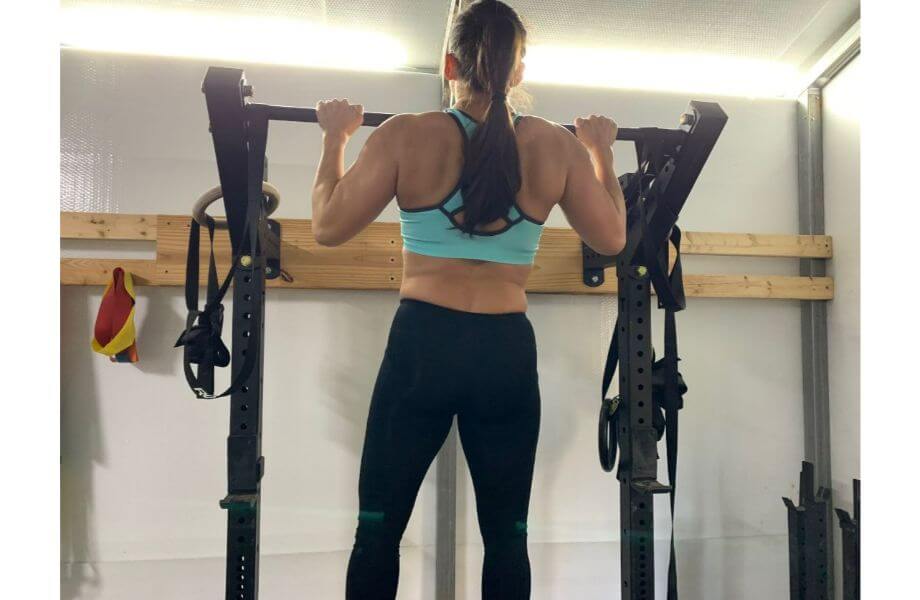
How Many Reps and Sets Should I Do for Back and Biceps Workouts?
Our back and bicep workout lists a general number of sets and rep schemes above, but why did we choose the numbers we did? How can you adjust our recommendations to suit your goals?
Generally speaking, lifting heavy weight for a low number of reps will favor strength gains, while higher reps at a lighter weight favors hypertrophy.
A 2022 study published in the Journal of Human Kinetics5 studied this specifically, noting that “high training volume is better to induce muscle mass gains.” They recommended “a range of 12-20 weekly sets per muscle group…for increasing muscle hypertrophy”
For strength, on the other hand, going heavy on a maximum of five sets while performing anywhere in the one and five rep range will help exhaust the involved muscles and lead to strength gains, especially when progressively overloading.
Remember– only your working sets count! Get in your warm up doing light sets or light cardio before breaking out the weight plates and starting on the real strength training!
RELATED: How Many Reps To Build Muscle
Back and Bicep Workout: Final Thoughts
Back and biceps go together like peas in a pod. Since many back exercises involve pulling movements that activate the muscles of the biceps as well, it’s a common training split.
If you’re looking for some serious pump, try stringing together a few of our recommendations and you too can cultivate an impressive back and bicep combo that would even make Arnie, the bicep OG himself, jelly.
Good luck, fitness fam!
Back and Bicep Workout: FAQ
How can I get bigger biceps?
If your goal is muscle growth, you’ll want to focus on bicep exercises like standard curls, hammer curls, incline curls, and preacher curls. Perform between three and six sets with a high number of reps, generally between eight and 12.
Is 5 bicep exercises too much?
Whether or not five bicep exercises is too much will depend on a variety of factors, including your current fitness abilities, personal fitness goals, the number of sets and reps you’re completing, and how heavy or challenging the weights you’re using are.
A well-trained, athletic individual lifting below their true potential might breeze through five bicep exercises while a beginner struggles with one or two of the same.
Generally speaking, it’s better to choose two to four bicep exercises and really perform them to the best of your ability instead of doing every bicep exercise you know in one session.
When in doubt, consult a qualified fitness professional, coach, or CPT for personalized advice.
Is it good to work out back and biceps together?
Absolutely. Since the back and biceps often work together during pulling movements like rows, pull-ups, and chin-ups anyway, training these muscles together helps you build a strong, balanced, and functional upper body while saving time in the process.
Is back and bis a good split?
Just as your triceps and chest work together synergistically to complete pushing movements, the back and bis team up to complete most pulling movements.
You’ll get plenty of bicep activation during your standard back exercises, making it smart, effective, and time-efficient to pair them during a training split.
References
1. Nunes JP, Grgic J, Cunha PM, et al. What influence does resistance exercise order have on muscular strength gains and muscle hypertrophy? A systematic review and meta-analysis. Eur J Sport Sci. 2021;21(2):149-157. doi:10.1080/17461391.2020.1733672
2. Henson B, Kadiyala B, Edens MA. Anatomy, Back, Muscles. [Updated 2022 Aug 25]. In: StatPearls [Internet]. Treasure Island (FL): StatPearls Publishing; 2023 Jan
3. Mitchell B, Imonugo O, Tripp JE. Anatomy, Back, Extrinsic Muscles. [Updated 2022 Aug 25]. In: StatPearls [Internet]. Treasure Island (FL): StatPearls Publishing; 2023 Jan
4. Tiwana MS, Charlick M, Varacallo M. Anatomy, Shoulder and Upper Limb, Biceps Muscle. [Updated 2022 Aug 30]. In: StatPearls [Internet]. Treasure Island (FL): StatPearls Publishing; 2023 Jan
5. Baz-Valle E, Balsalobre-Fernández C, Alix-Fages C, Santos-Concejero J. A Systematic Review of The Effects of Different Resistance Training Volumes on Muscle Hypertrophy. J Hum Kinet. 2022;81:199-210. Published 2022 Feb 10. doi:10.2478/hukin-2022-0017


